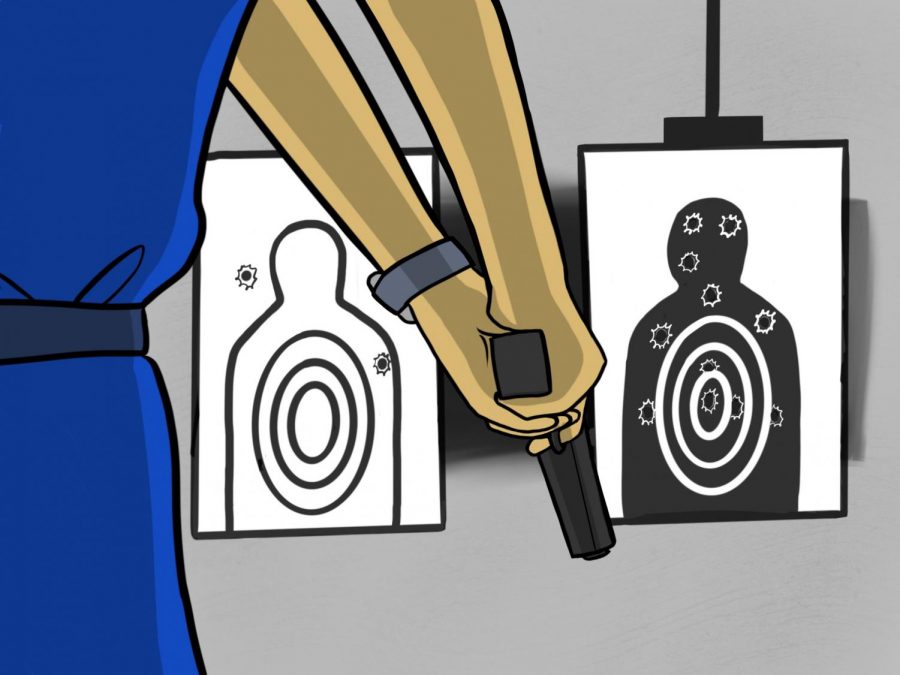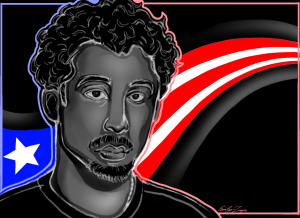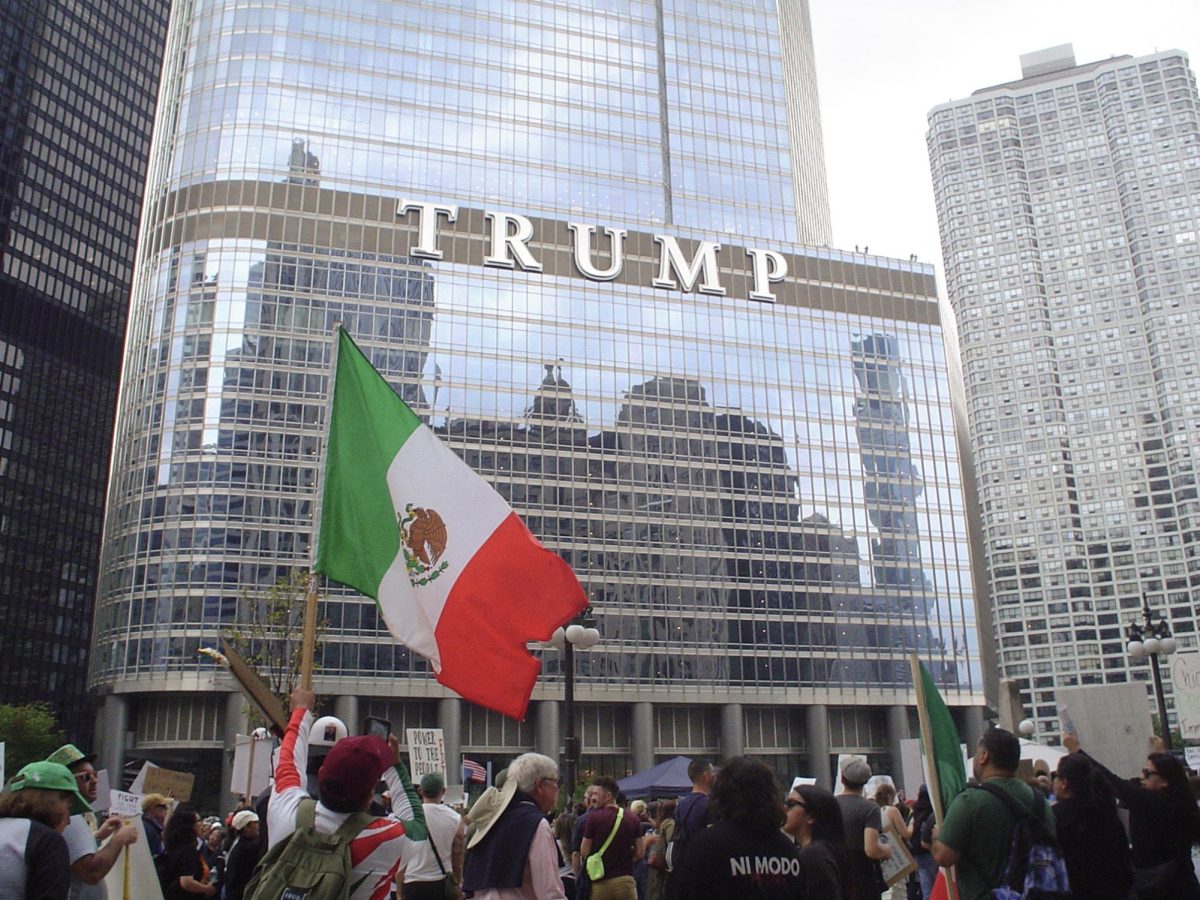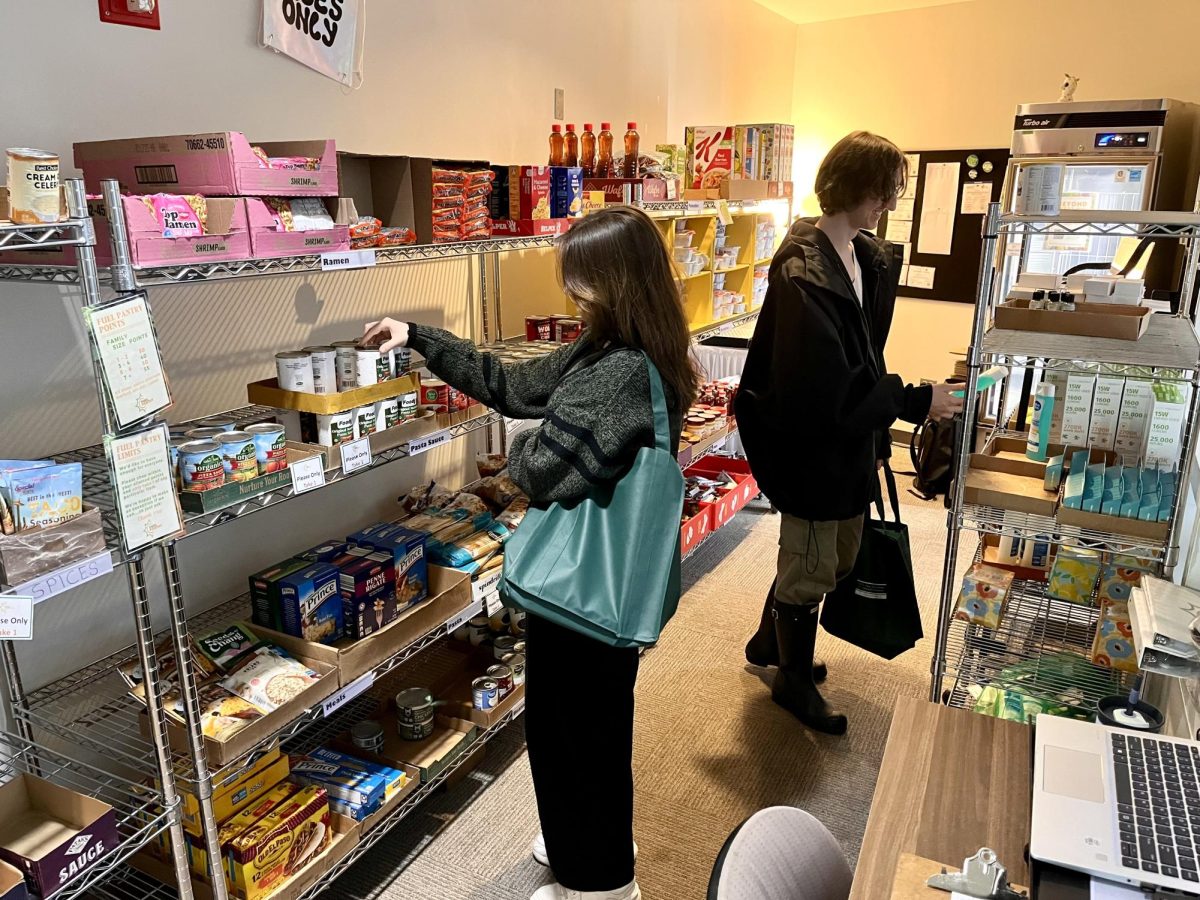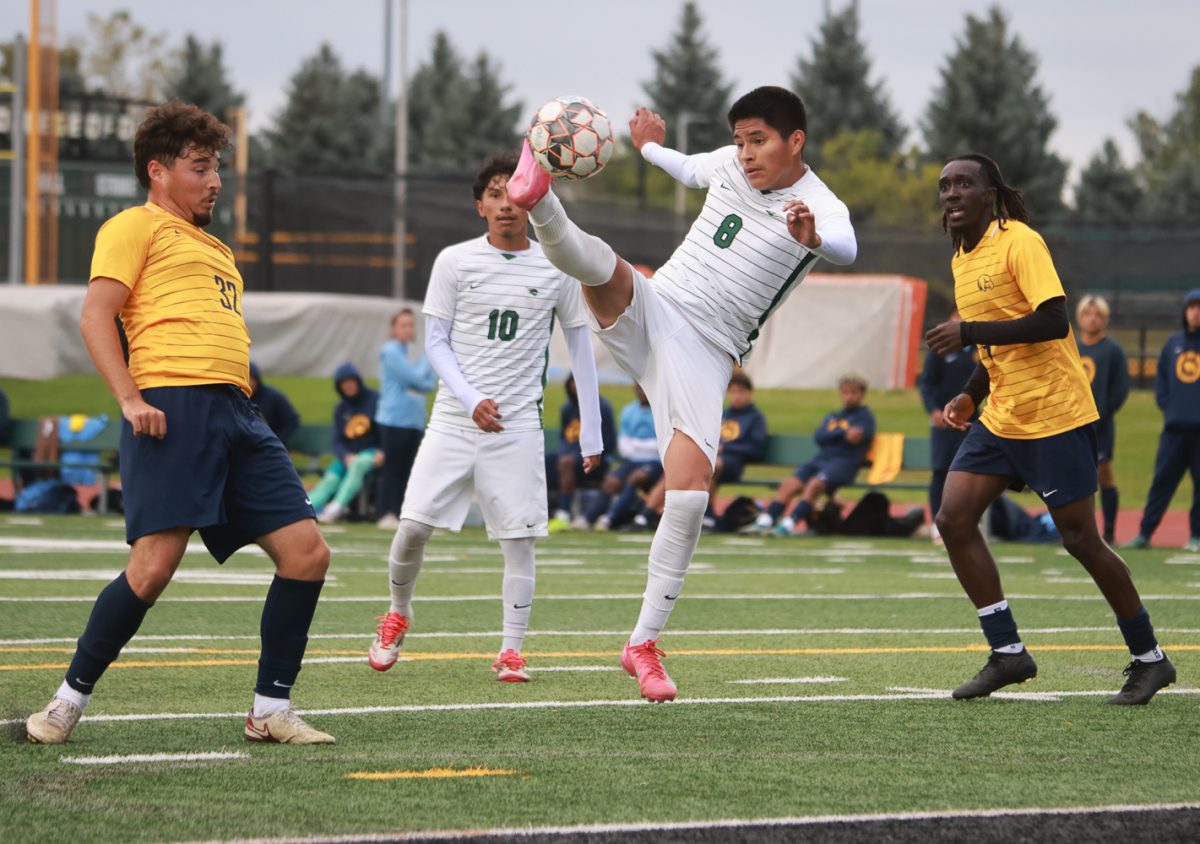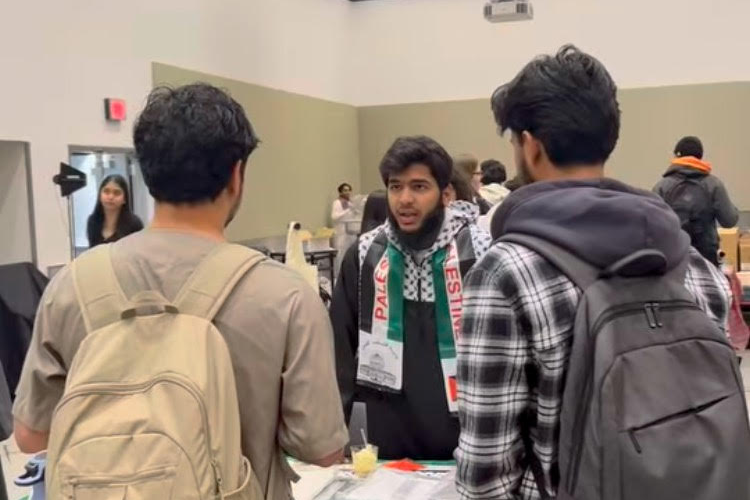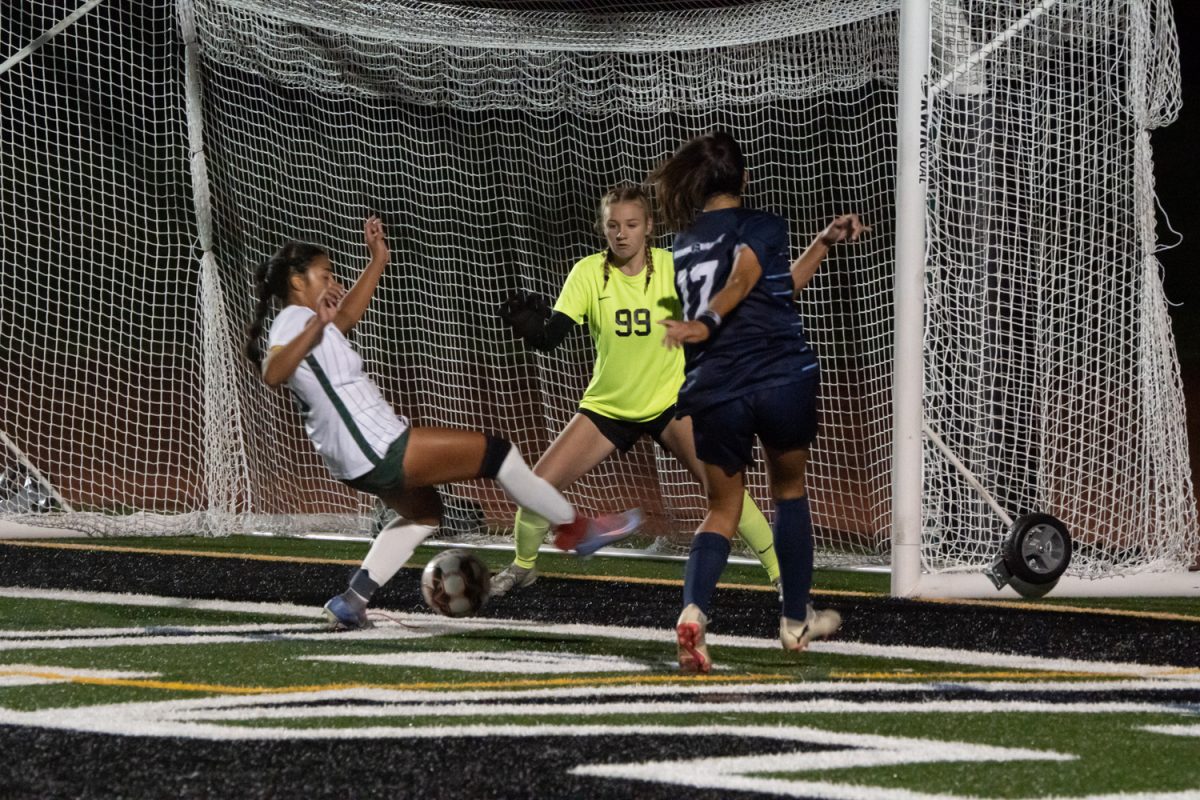Who Polices the Police?
October 23, 2019
The police force is given the authority to potentially take a life, but only when the situation is dire enough to call for it. Police officers are meant to protect our communities from harm. So why are police so quick to pull out their guns? And why are black people the ones who are disproportionately most at risk to be killed?
Last week, Atatiana Jefferson was babysitting her 8-year-old nephew at her home when a white officer shot and killed her during a well-being check. Jefferson was black. The officer now faces a murder charge.
Also last week, sentencing was reached for Robert Olsen, the officer who was charged with shooting Anthony Hill, an unarmed 26-year-old black veteran four years ago. Olsen was found not guilty of murder but found guilty of three other charges, including false statements.
A viable answer for why cops are so quick to kill unarmed black civilians could be a combination of internalized racial profiling, lack of training and lack of funding. But it’s also because the police are failing to police themselves.
In other countries where police are required to train for longer periods, their police are on average firing and killing fewer civilians than in the US, where training duration is dependent on the local, state and federal level of which they are working. For example, Iceland requires two years of training for their police officers and their police force has only killed one person in its recorded history, according to a 2013 article in The Icelandic Review.
A potential adjustment that could reduce the disproportionate killing of black civilians–as well as other minority people–would be by having police patrolling their own communities. This philosophy, known as community policing, focuses on building trust between the community and the police force through outreach programs and community service. If the police are a part of the community and recognize the faces of the people they encounter, they are less likely to partake in racial profiling and use excessive force, according to a 2018 briefing report by the U.S. Commission on Civil Rights.
Whether or not all police are truly targeting black civilians is probably dependent on the community. Although the instances where police are shooting unarmed black people represent the minority of police, the fact that the police force is hesitant to condemn those who do kill unarmed civilians is outrageous.
Professional communities shoulder be tougher on corrupt members of their profession than anyone else. They shouldn’t want to be associated with corruption. The standard within your own profession should be higher than the ones held by people outside it, especially when lives are at stake.
This leniency in condemning and the flaws in police training must be fixed. Although racial profiling is a deeply internalized phenomenon, by requiring longer training periods, it’s possible to reduce the number of civilian deaths at the hands of police. This can only be improved with an increase in funding for police training. Citizens must do our part to protect our communities from unnecessary violence. Vote in local elections, and support legislation that requires more training for police officers.



